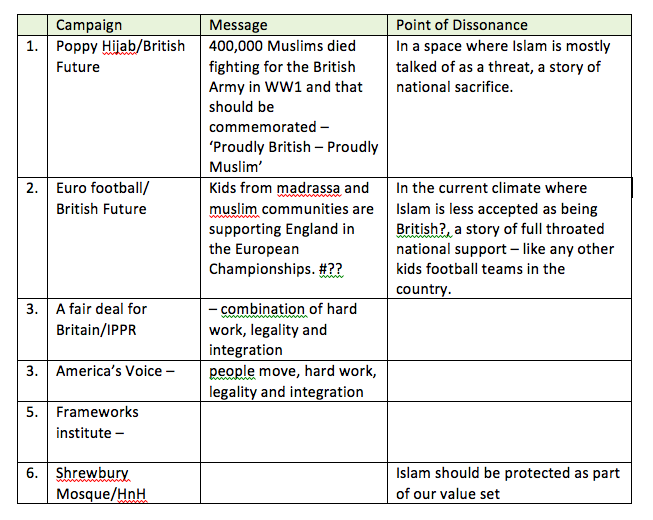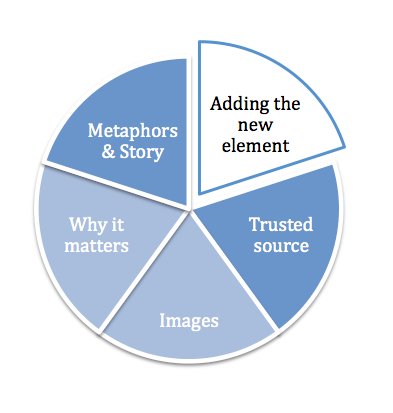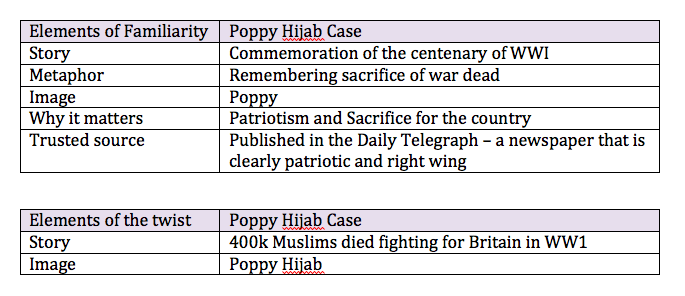Chapter 4 - What to say?
Research, research, research – test, test, test
A key part of reframing is experimenting with new messages to see if they do have traction with the target audience. But of course the more intelligence you have the better in making an informed experiment. Polling, media/social media analyses, discourse research, focus groups and attitude surveys can all help in understanding the challenge and messaging that has a better chance to working. All of this intelligence is expensive and requires significant research capacity, but there are networks and projects that are trying to provide such insights and you should seek them out before campaigning, e.g. online examples – FI and IPPR and us?. At a minimum, you should gather a group of the target audiences and at least get their responses to your messaging.
Targeting Cognitive Dissonance
Many campaigners we talked to emphasised the target of creating some type of cognitive dissonance in your messaging and campaigning. In simple terms, this means seeing something very recognisable and at the same time, there is a part of it that does not fit the story you normally tell. This not only makes your message ‘sticky’, it also creates a psychological response in which people really need to resolve this new information that may lead to some kind of attitude change[1].
In all of the examples and cases we have used, the dissonance in general is created by placing a more pro-migration story in value frames that often lead to a more negative attitude towards migration and inclusion. Specially:

Making the message resonant – nearly common sense
Common sense with a twist - Balancing resonance and dissonance in the message
From the very beginning, we have said that much of the issue in messaging the public in the migration debate is the problem that we are not connecting to their stories and concerns. Most authors and campaigners talk about frames that work as ones that have ‘cultural resonance’[2].
So one of the staring points in the messaging is to build on that familiarity in designing campaigns, but turn it around in a creative way to lead to a different outcome, i.e.
As you can see from the examples we have drawn on in reframing the debate, there are elements in the stories that are very familiar and then we add a twist.

Figure ? - Balancing resonance and dissonance in the message
We will use the poppy hijab case to illustrate this balance of resonance/familiarity and dissonance/ the twist

Getting this balance right is so important as we are looking to feed into something that is considered ‘common sense’ and would immediately get a confirmational response with the target audience and then leverage this familiarity to open up the thinking.
The behavioural Economist, Kanneman, talks about how humans have automatic responses to certain inputs that we process easily and with no stress – he calls this system 1 thinking. However, other more complicated inputs need a lot more thinking and processing, which he calls system 2. Humans are indeed quite lazy and will often avoid system 2 work. So if you are thinking of a test for the balance of your message, you should be trying for an initial system 1 response, which then needs a small bit of system 2 thinking. [too techie?].[3]